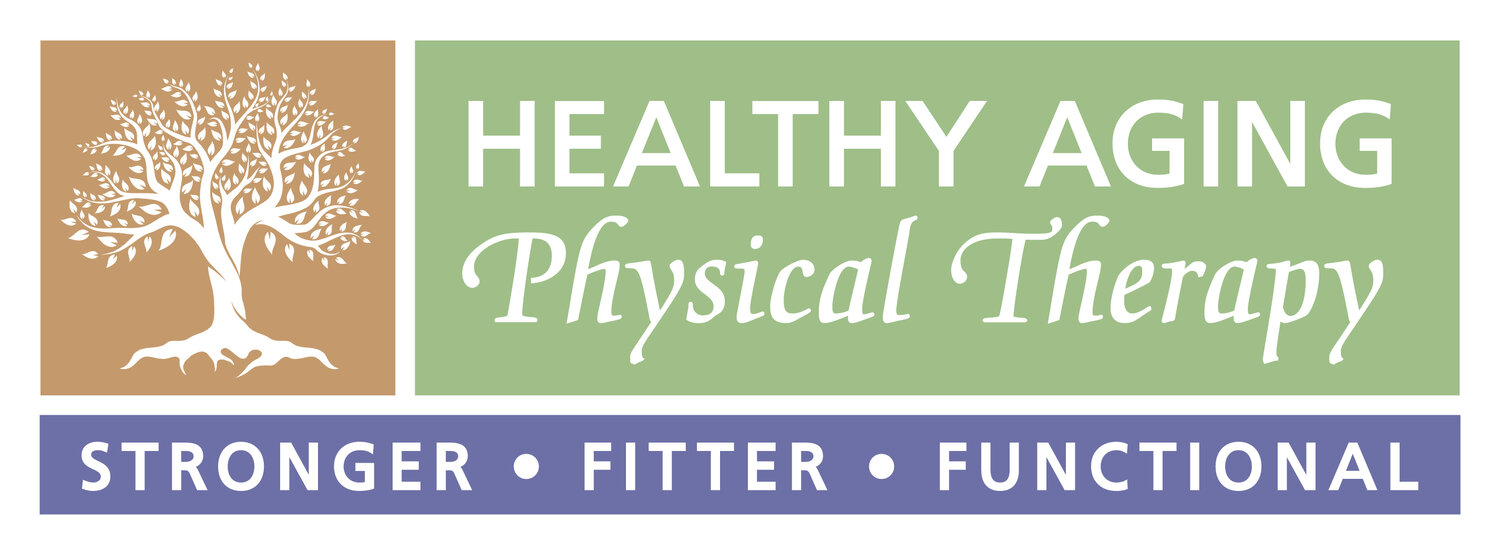Healthy Aging Physical Therapy Monthly Blog
the HAE series: the Pulmonary system part III
Part III, and my favorite part to write, reviews the concrete steps we can take to prevent pulmonary disease and slow age-related changes to the lungs.
Part III, and my favorite part to write, reviews the concrete steps we can take to prevent pulmonary disease and slow age-related changes to the lungs.
Lifestyle Factors
First and foremost, cessation of smoking and avoidance of second hand smoke is, of course, the number one lifestyle modification you can make to protect your pulmonary system. Smoking is the greatest risk factor for developing COPD. Those who smoke more than 10-15 ‘pack years’ (1 pack of cigarettes per day for a year is ‘1 pack year;’ 2 packs of cigarettes for 1 year is ‘2 pack years.’) are at higher risk to develop COPD and the exposure to secondary hand smoke and other environmental irritants and air pollution can also increase your risk. Visit SmokeFree.org for some amazing tools to help you or your loved one quit.
Exercise and the Pulmonary System
Exercise also can have significant impact on the risk of developing, and the management of, pulmonary disease. Both aerobic exercise and strengthening activities play a role in your pulmonary health. Participating in the recommended 30 minutes of moderate exercise most days of the week works to improve the way the body is able to access and utilize oxygen. Aerobic exercise strengthens the cardiovascular system; with a stronger heart and healthier vascular system, the blood stream can transport the oxygen-rich blood with increase ease and efficiency. Participation in a regular strengthening program improves gas exchange within the musculoskeletal system. When the blood stream reaches the muscle, a stronger muscle is able to more quickly and efficiently extract the oxygen, which it can then use to make energy and contract more successfully.
Lastly, focused breathing exercises can improve the muscle function of the structures responsible for the act of breathing. These include the diaphragm, located under the lung set, the intercostal muscles found between the ribs and the accessory breathing muscles, located throughout the neck and abdomen that help with the work of breathing. These muscles, in particular, tend to become overused and overdeveloped in pulmonary disease states that frequently lead to dyspnea or shortness of breath. Physio-pedia has an excellent set of videos that illustrates how these muscles work together to support the cycle of breathing here if you want to check it out.
Respiratory Training
There are three exercises I typically take my patients through to strengthen both breath control and respiratory strength. Pursed lip breathing, belly breathing and straw breaths all work to teach proper breath sequence, timing and help to strengthen the muscles responsible for the cycle.
To perform pursed lip breathing, try following these steps:
Take a slow inhale through your nose, counting to 3-4 seconds as you go.
Pause, then exhale this breath through pursed lips (like you’re holding a straw) trying exhale slowly, doubling the time you spent on the inhale. If you inhaled for 2 seconds, exhale for 4. If you made it 4 seconds, exhale for 8.
This exercise can be used proactively to strengthen, and also reactively, to address shortness of breath. You can watch a video of pursed lip breathing here. Pursed lip breathing is especially important to people with COPD; this extended exhale allows the breather to exhale trapped carbon dioxide more effectively, further normalizing the breathing pattern and improving the associated feeling of shortness of breath.
Diaphragmatic breathing, or belly breathing, helps to normalize the breathing pattern, and better utilize the diaphragm, leading to deeper and more effective breathing patterns. In states of respiratory distress, instinct tends to trigger short, quick, repeated breathing. However, this pattern is less effective than deeper, diaphragmatic breathing and tends to exacerbate the shortness of breath instead of alleviating it. Practicing this technique at rest is helpful, so it can be used more effectively in states of dyspnea with less effort and more ease. To perform a proper diaphragmatic breath, follow these steps.
Sit comfortably with feet flat on the floor, or lay down flat in bed. Place hands on your belly and try to relax your body.
As you breathe in slowly through your nose, imagine filling your lungs to the very bottom and watch your hands rise as your belly expands.
As you exhale, watch your hands fall back down and your belly return to resting state.
This video link will show you diaphragmatic breathing in action.
The third exercise worth mentioning is straw breathing. It is similar to the pursed lip breathing above, but can sometimes be a little easier to coordinate. To perform, find a plastic straw and sit comfortably in a chair. Breathe in slowly through your nose, then exhale fully with lips wrapped tightly around the straw. Try to repeat 5 times and rest.
All three of these exercises are best performed when you are calm and at rest. Try to choose a time to perform them each day to create a habit; spending 5 minutes focused on each one 3-5 times a day can be extremely beneficial and will make using these strategies with the onset of shortness of breath more automatic and let you return to a resting state with increased ease.



